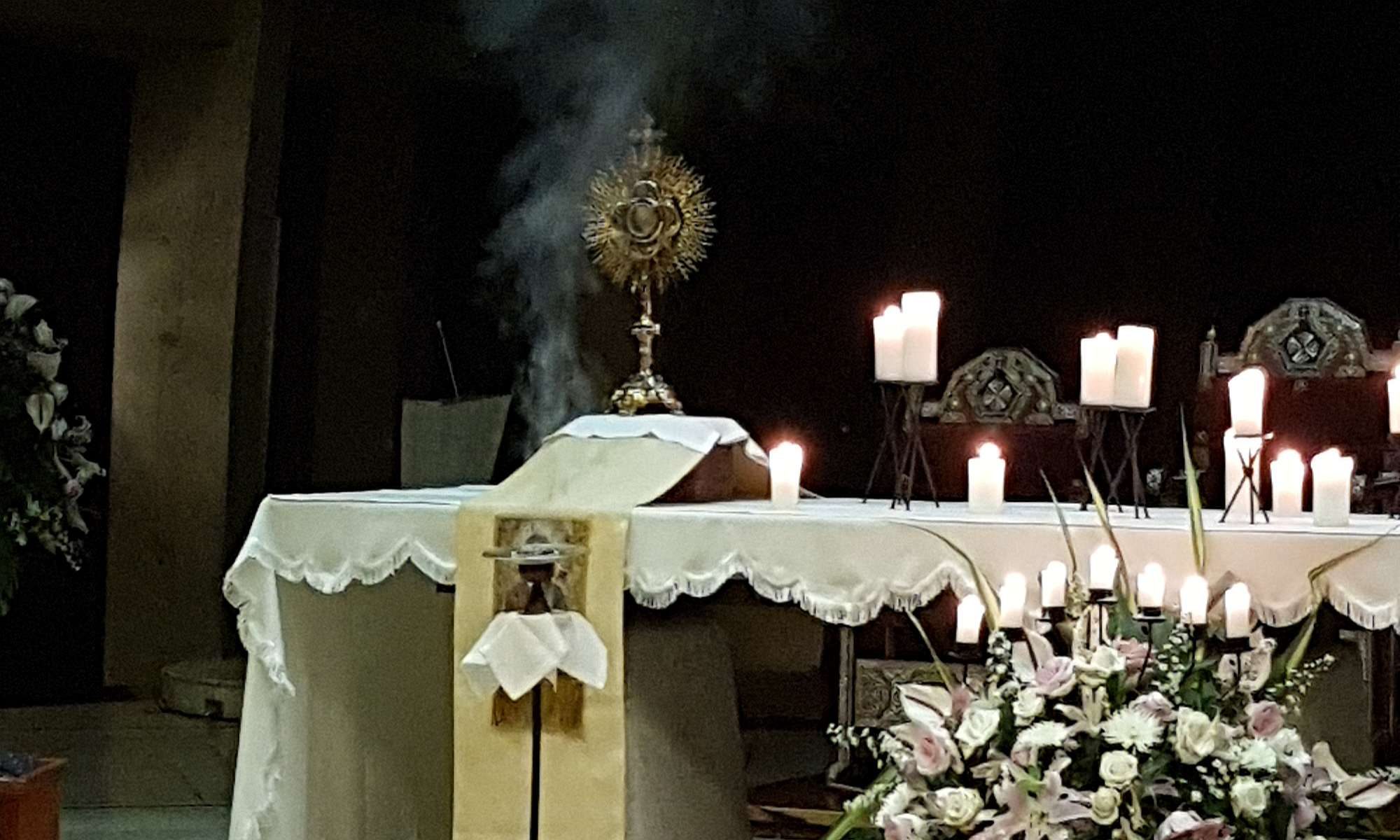#VisperasFrayNelson para el Jueves IX del Tiempo Ordinario
[REPRODUCCIÓN PERMITIDA – Ayúdanos a divulgar este camino de oración en las redes sociales, blogs, emisoras de radio, y otros medios.]

Alimento del Alma: Textos, Homilias, Conferencias de Fray Nelson Medina, O.P.
El capítulo 6 del libro de Tobías nos muestra la respuesta viva de Dios a la oración hecha contra las fuerzas del mal, protegiendo lo valioso en nosotros y muy especialmente el amor de pareja.
[REPRODUCCIÓN PERMITIDA – Ayúdanos a divulgar este archivo de audio en las redes sociales, blogs, emisoras de radio, y otros medios.]
En medio de la amargura no debemos permitir que la puerta de la muerte nos seduzca sino que hemos de descubrir la oración, por la cual se abre otra puerta donde descubrimos un bien mayor.
[REPRODUCCIÓN PERMITIDA – Ayúdanos a divulgar este archivo de audio en las redes sociales, blogs, emisoras de radio, y otros medios.]